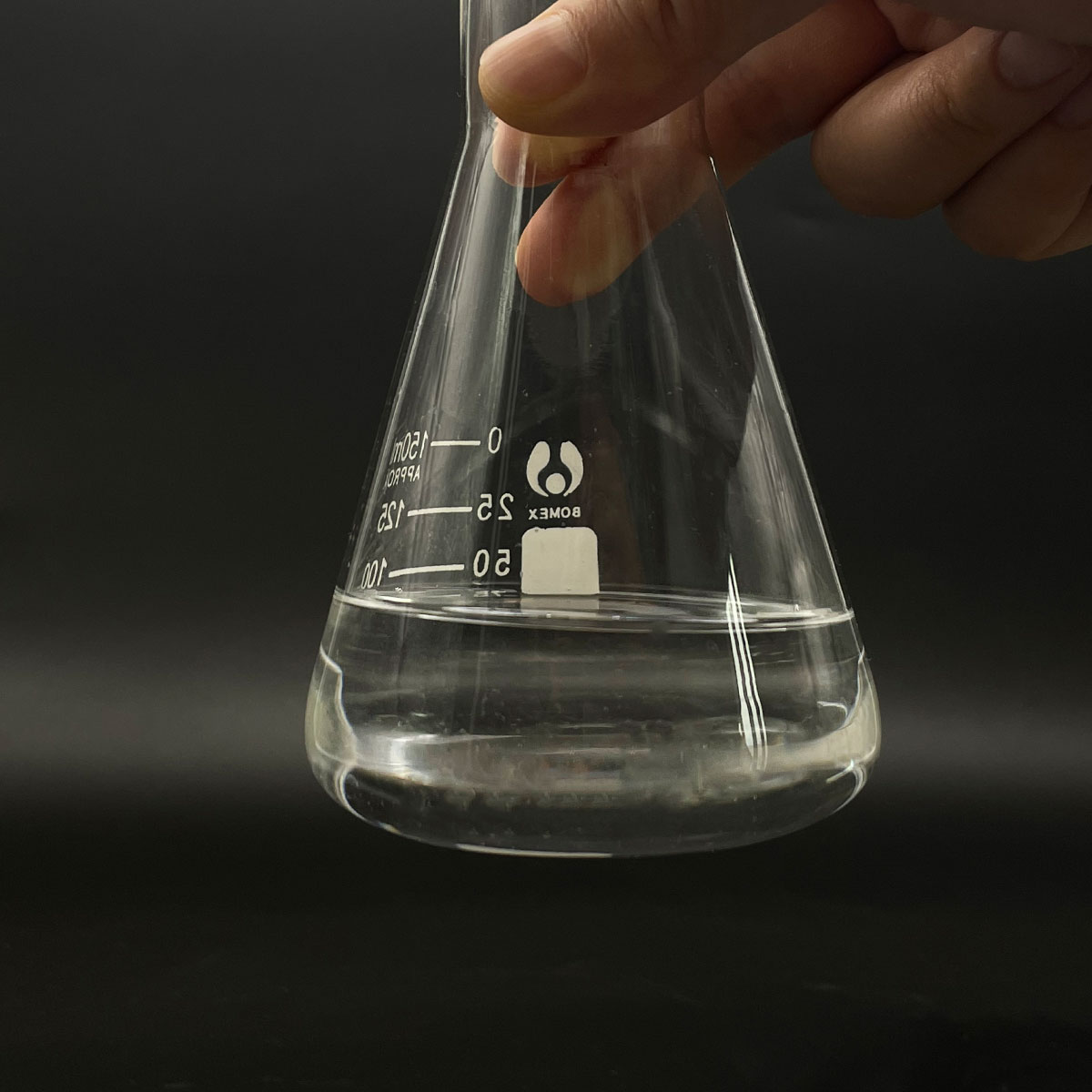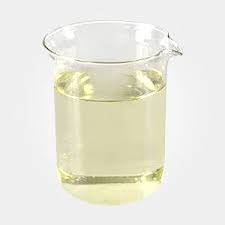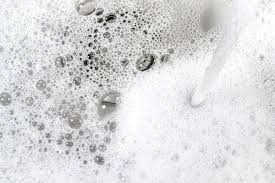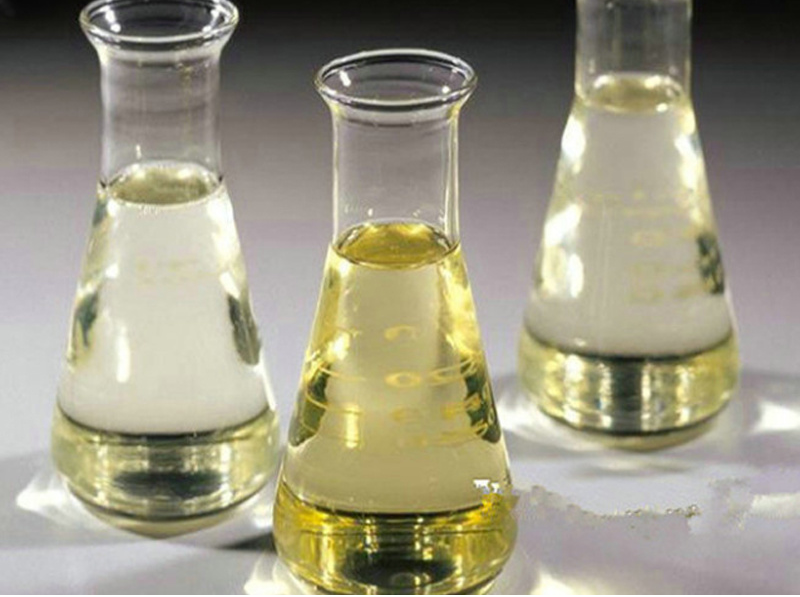**The Surfactant Secret: Nailing the Perfect Mix for Your Water**
(How Much Surfactant Per Gallon Of Water)
Imagine mixing a magic potion. You’ve got water in one hand and a bottle of surfactant in the other. The goal? Make them work together like peanut butter and jelly. But here’s the catch: add too little surfactant, and your mix might as well be water. Add too much, and you’ll end up with a sticky mess. So, how do you hit the sweet spot? Let’s break it down.
First off, surfactants are like the middlemen of chemistry. They help water spread evenly, stick to surfaces, or penetrate waxy layers. Think of dish soap cutting through grease on a pan—that’s surfactants in action. But when you’re mixing them with water for jobs like spraying plants, cleaning, or industrial uses, the ratio matters.
Most experts agree on a starting point: **1-2 teaspoons of surfactant per gallon of water**. That’s roughly 0.1% to 0.25% of the total mix. Why such a small amount? Surfactants are powerful. A little goes a long way. Picture adding hot sauce to soup—too much ruins the whole batch.
But rules aren’t set in stone. The exact amount depends on what you’re doing. For example, herbicides or pesticides often need surfactants to stick to plant leaves. In these cases, check the product label. Some chemicals already have surfactants mixed in. Adding extra could harm plants or reduce effectiveness.
For homemade solutions, like DIY insecticidal soap, stick to the basics. A common recipe uses 1 gallon of water, 1-2 teaspoons of mild liquid soap (like Castile soap), and maybe a dash of neem oil. The soap acts as the surfactant. Too much soap? You’ll risk burning plant leaves. Too little? The spray beads up and slides off.
What about heavy-duty jobs, like pressure washing or industrial cleaning? Here, surfactants help lift grime. You might need a stronger mix—up to 1-2 ounces per gallon. But always test a small area first. Surfactants can leave residues or damage surfaces if overused.
Here’s a pro tip: mix in stages. Start with a gallon of water. Add half the surfactant you think you’ll need. Stir well. Check if the solution spreads evenly on a test surface. If it pools or doesn’t stick, add a bit more surfactant. Repeat until it behaves like you want.
Temperature plays a role too. Cold water can make surfactants less effective. If your water is chilly, warm it slightly before mixing. But don’t go overboard—extremely hot water might break down some surfactants.
Ever wondered why some sprays foam up while others don’t? Foaming agents are a type of surfactant. If you hate bubbles, pick a non-foaming surfactant. If you love them (like in car wash soap), add a foaming agent. The choice depends on your goal.
One mistake people make is eyeballing measurements. Guessing leads to inconsistency. Use a syringe or measuring spoon. Precision matters. Even a small error can throw off your entire mix.
Still unsure? Manufacturers often provide guidelines. Look for terms like “recommended dosage” or “mixing ratio” on the surfactant bottle. When in doubt, lean toward less. You can always add more later.
Different surfactants behave differently. Some are gentle (like those in baby shampoo), others are harsh (like degreasers). Match the surfactant to the job. Using a heavy-duty surfactant on delicate plants? Bad idea.
Water quality matters too. Hard water (high in minerals) can interfere with surfactants. If your water is hard, consider using distilled water or a chelating agent to soften it.
Finally, safety first. Wear gloves when handling concentrated surfactants. Some can irritate skin or eyes. Store them away from kids and pets.
(How Much Surfactant Per Gallon Of Water)
Mixing surfactants isn’t rocket science, but it’s not a free-for-all either. Start small, test often, and adjust as needed. Your plants, tools, and surfaces will thank you.
Inquiry us
if you want to want to know more, please feel free to contact us. (nanotrun@yahoo.com)




